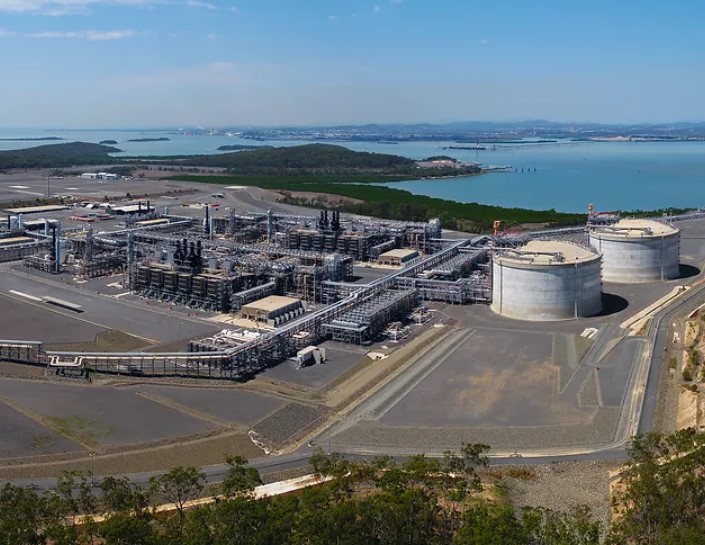This story requires a subscription
This includes a single user license.
Curtis Island is home to the Santos-operated GLNG plant, the ConocoPhillips-led APLNG terminal, and Shell’s QCLNG facility.
These are the only LNG export facilities on Australia’s east coast.
About 1.99 million tonnes of LNG or 31 cargoes left the three Gladstone terminals on Curtis Island last month, GPC’s data shows.
This compares to about 2.02 million tonnes of LNG or 31 cargoes in September 2023.
September LNG exports rose compared to the month before when LNG exports reached some 1.98 million tonnes of LNG or 30 cargoes.
Most of September’s LNG exports (1.26 tonnes) landed in China, an 11 percent increase from 1.13 million tonnes last year.
Other destinations for Gladstone LNG exports in September include South Korea (311,091 tonnes), Malaysia (186,413 tonnes), Philippines (103,202 tonnes), Japan (66,235 tonnes), and also Singapore (64,839 tonnes).
GPC’s data shows that volumes to South Korea rose compared to 297,638 tonnes last year, and volumes to Malaysia increased compared to 125,136 tonnes last year.
Volumes to Japan dipped compared to 263,640 tonnes in September 2023.
The three Gladstone terminals shipped about 22.97 million tonnes of LNG or 350 cargoes in 2023.
This compares to about 22.64 million tonnes of LNG or 354 cargoes in 2022.
It is worth mentioning here that the Australian Competition and Consumer Commission (ACCC) recently said Queensland LNG producers may need to commit more gas to the east coast market to mitigate the risk of shortfalls.
The gas supply surplus in the Australian east coast gas market is forecast to be between 12 and 27 petajoules (PJ) in the first quarter of 2025.
ACCC said the exact size of the surplus would largely depend on how much uncontracted gas Queensland LNG producers would export.

